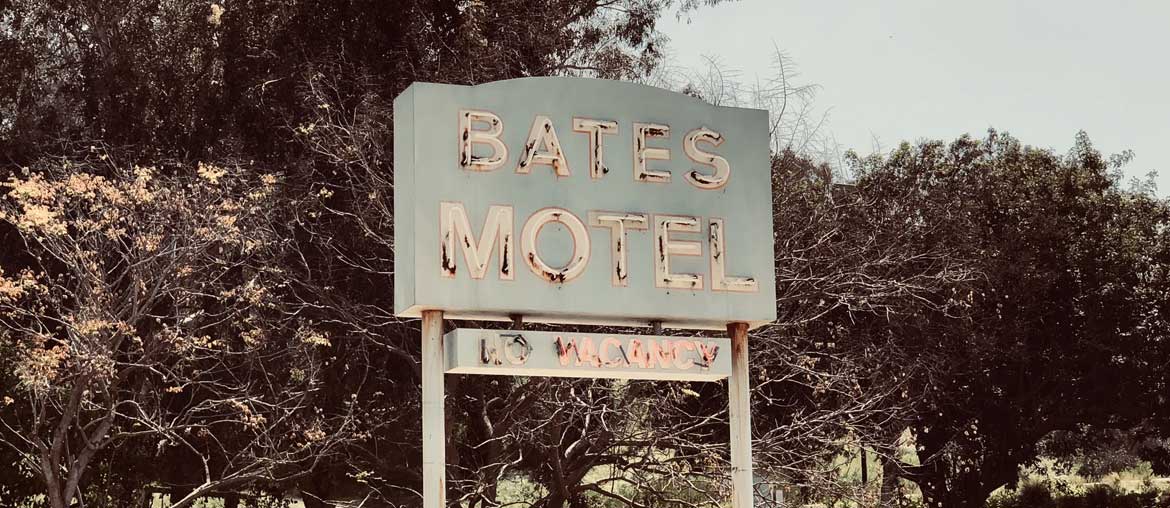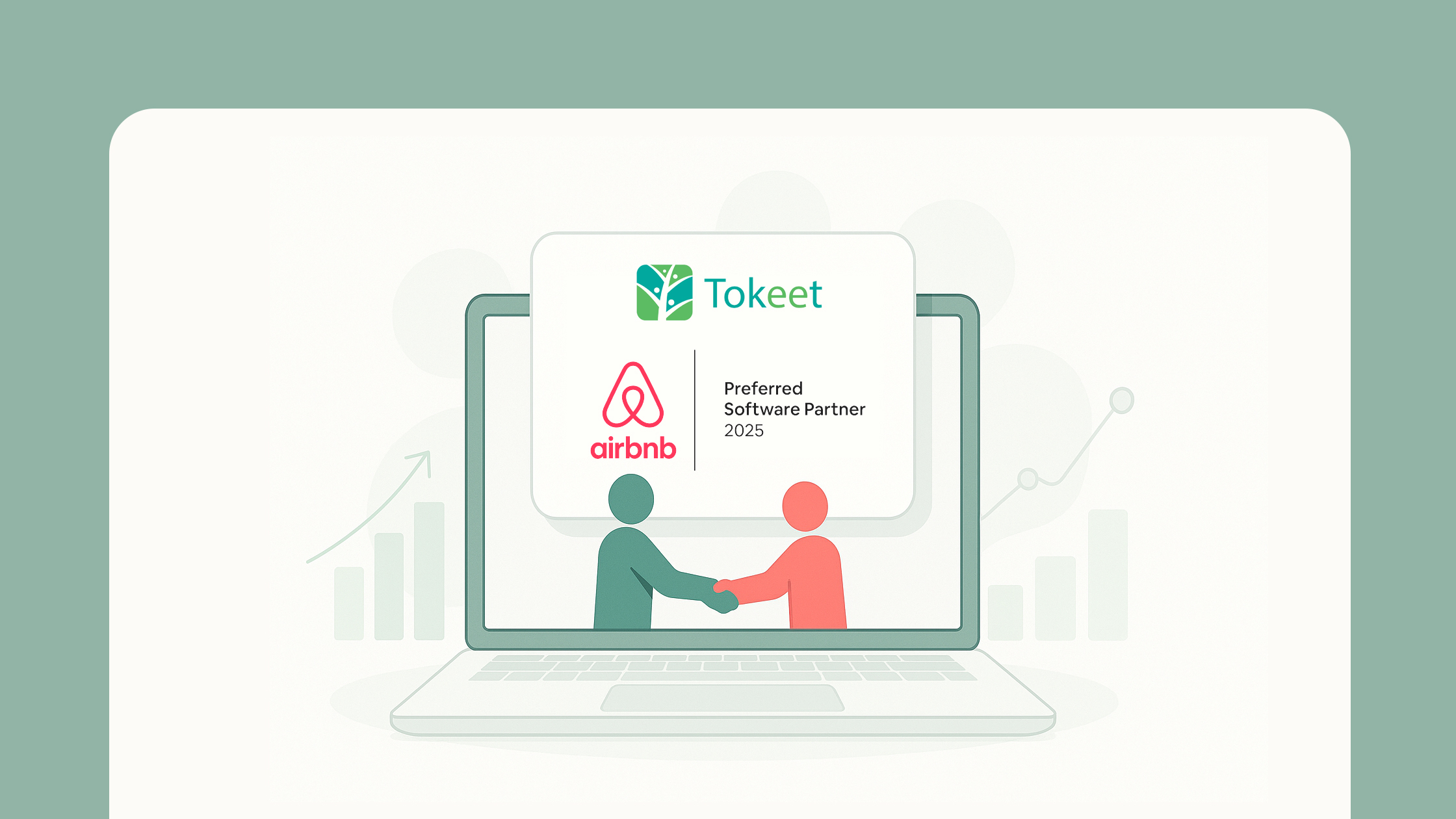Everyone who owns or manages vacation rentals will quickly become familiar with their seasonal traffic. After the first couple years of operation, you may find yourself wondering if there’s anything to do to remedy your seasonal slumps. It can be extremely frustrating knowing there’s a beautiful property sitting vacant.
Thankfully, there’s actually a few creative strategies you can use to remedy dry spells. A fully booked off-season isn’t guaranteed, of course, since every location’s desirability varies. But you can be sure that these simple tips are going to make a difference.
1. Adjust Your Price
Let’s just get the most obvious one out of the way first: pricing. Everyone knows that proper rate adjustment is the most effective method of enticing new guests. That’s why apps like Rategenie (Tokeet add-on) and PriceLabs (Tokeet compatible) exist.
But it doesn’t take a fancy automated application to make broad seasonal rate adjustments. The rules are simple – if traffic goes down, your rates go down. To help make this easier to implement, find a minimum rate that’d satisfy your operating costs. Then work your way down to that number from your regular rate – you may find a sweet spot that still turns a good profit.
As always, checking your competitors’ prices during downtime will give you a good idea of where you should be aiming.
2. Adjust Your Terms
Depending on your channel manager setup and the channels you’re using, you may have a few extra parameters to edit. Minimum Stay, Gap Nights, Last Minute Adjustment, Minimum/Extra Guest – these are all rules you can let some slack on.
Since you’ve set those rules for the purpose of creating an ideal scenario that hones in on the ideal guest, this can seem like a risk. It can create more work for you and your team, and for less profit if your price has been lowered.
The best approach is to adjust a single parameter, then observe any changes over a week before moving on to the next. This way you can see exactly what works best and save yourself from undesirable traffic with your other parameters.
3. Research & Promote
So now we come to the more ‘active’ strategies – stuff that goes beyond a couple adjustments. If you’re not familiar with your rental’s local appeals during the off-season, you’ve got some Googling to do. There’s always a few, you’re just looking for angles to sell.
Start by finding out what kind of events are occurring by finding schedules for all local venues. A visit to your city’s chamber of commerce website or community Facebook pages will be enlightening as well. Take note of all the events that’d be appealing to outside parties. A blues festival is a good candidate, but a homecoming parade is not. Nobody cares about your stupid kids, Karen.
From there, you can make some promotional decisions. In this business, going directly to the customer is usually not an effective strategy. There are some scenarios that’d be appropriate though, and for those you can search out associated message boards, groups, and websites for the event in question.
A better choice is to let the target audience find you – you just have to make it easier for them to do. If you’ve read our past marketing guides, you’ll know there’s a few options for promoting your vacation rental outside of the listing platforms. PPC campaigns and organic strategies (SEO) based around your VR website are most effective. But more traditional marketing tactics can be used if you’re accurate with your targeting.
4. Seasonal Packages + Re-Marketing
One of the best off-season strategies involves a combination of #1 and #3 by making a seasonal discount rate. It can be a flat discount (“25%-off winter bookings”) or something more focused (“30%-off for return customers til January”).
Once you’ve established an enticing discount, you’ll want to draft an email to all of your previous guests (or a specific segment if you’re using advanced segmenting).
If you don’t have any addresses saved up, log in to your channel management application and export or manually enter the data into a spreadsheet (CSV, XLSX, etc). If you can create some columns with stuff like party size, length of stay, channel, and other booking data, then definitely do that. This will help you target much more accurately.
To spruce your email up, take that research you did in #3 and work it into your copy by highlighting all of the great stuff you can see and do.
Make sure to include instructions to make the booking through whichever channel you are setting up the the discount / coupon code with. This is important because it’s something that must be done on the channel level (or from your own website if you’re directing customers there).
For instance, Airbnb has a coupon code option which could be sent out in a broad email directing everyone to your Airbnb listing. They also have a Special Offer option, which will allow you to make offers to past inquiries – very useful to keep in your toolbelt for mopping up missed opportunities.





